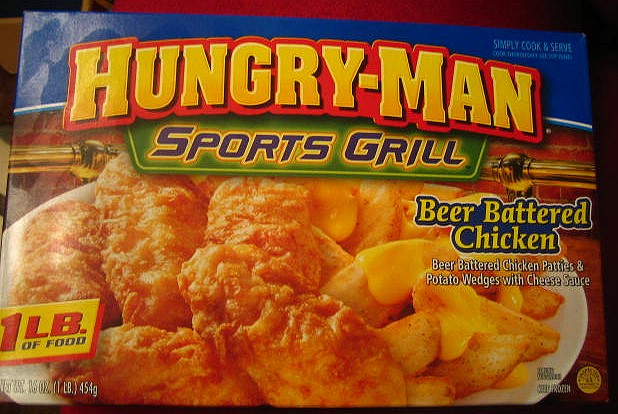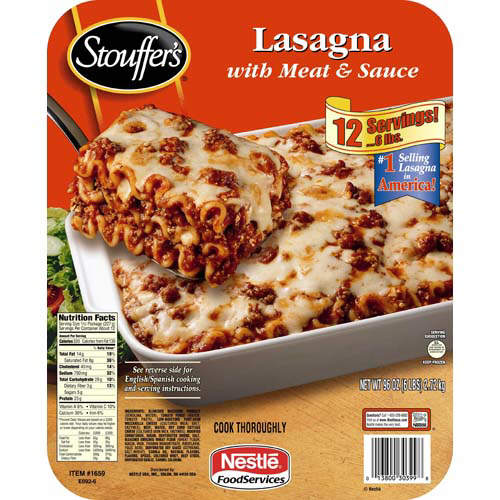Historians argue that what constitutes a good childhood and, relatedly, good parenting has changed dramatically over time. Today, keeping children busy with lessons (in this, that, and the other) seems to be one version of ideal parenthood/childhood. I thought this ad nicely illustrated this new ideal:
Found at MultiCult Classics.
See also this post on constructions of modern parenthood.



















